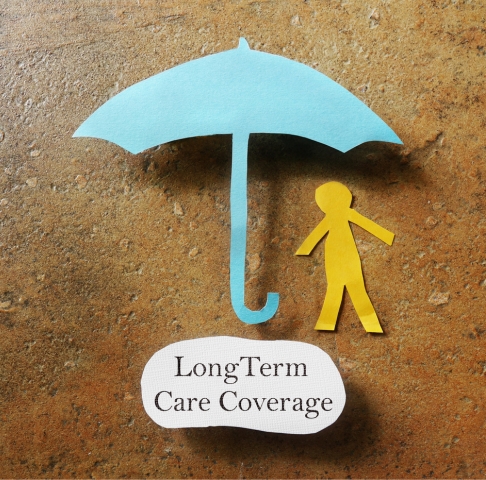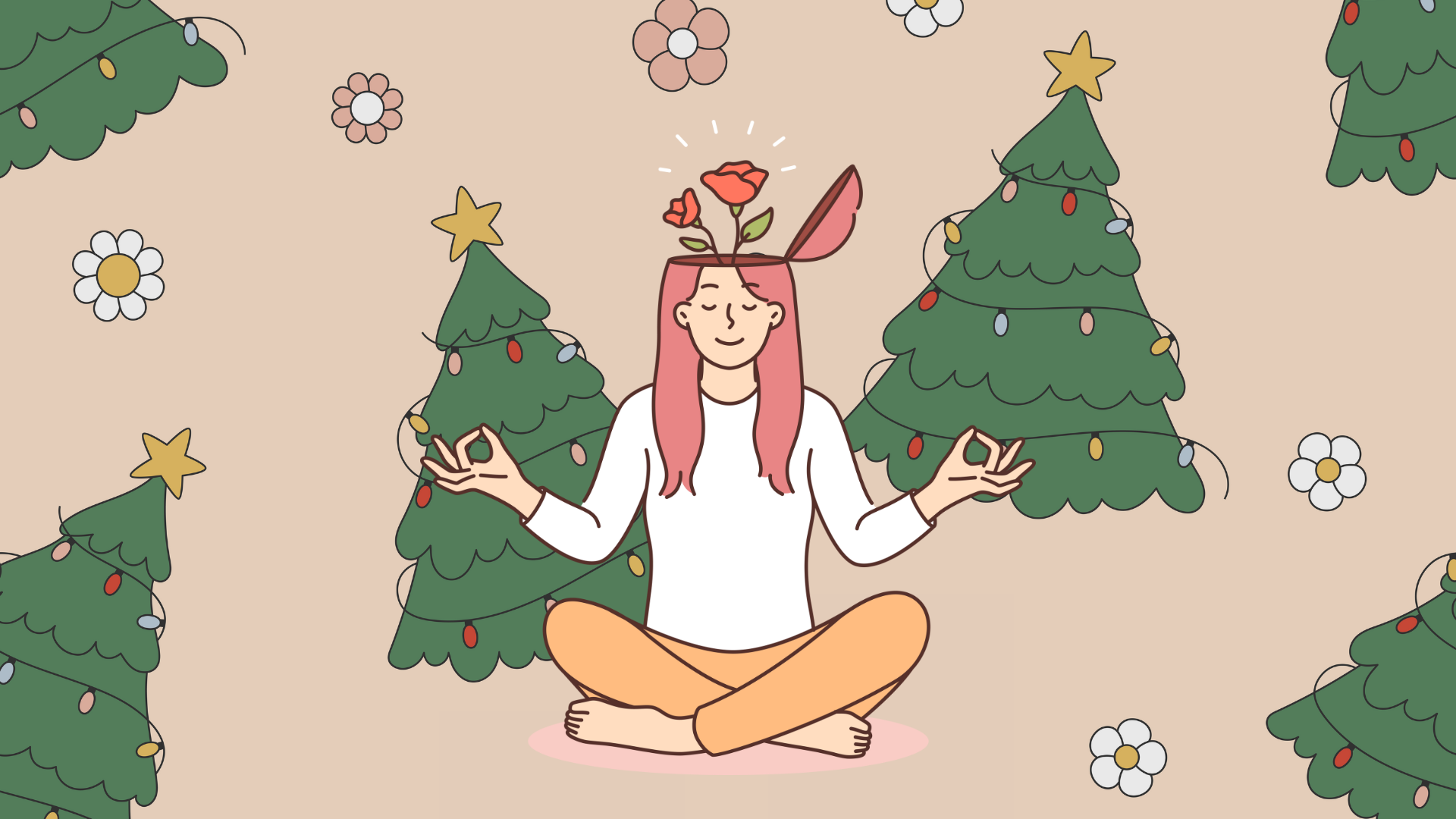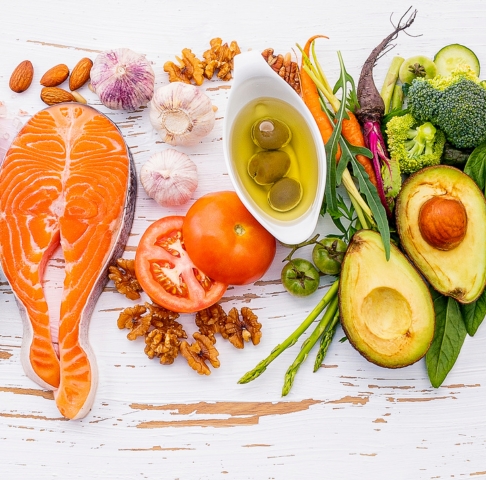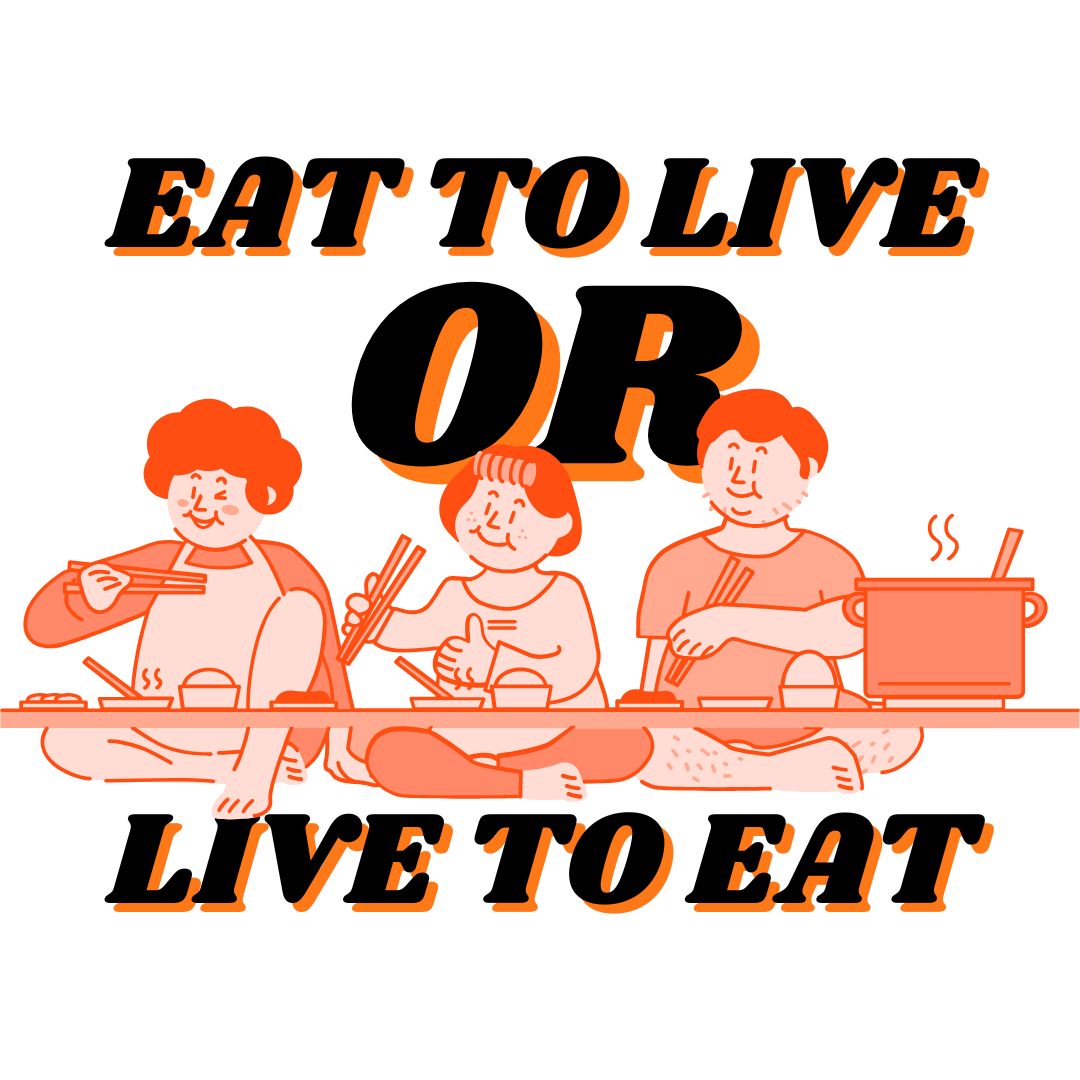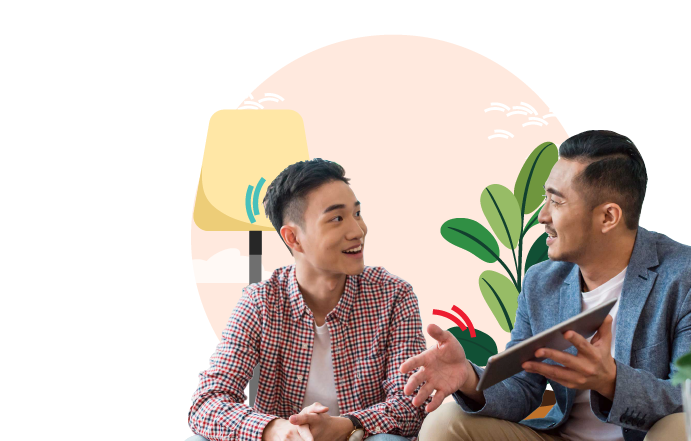Even with all the helicopter parenting in the world, you can’t always be there to keep your child out of harm’s way. When I was seven years old, I jumped off a moving carousel thinking I’d stick the landing. Instead, I ended up with a scraped arm and dislocated elbow. My parents had to rush me to a GP to get an X-ray done and I wound up having to go through three months of physiotherapy. The scar on my right arm still reminds me that playtime isn’t always just fun and games. As a parent, being aware of common childhood accidents can help prevent similar misadventures.
Childhood injuries remain a serious concern worldwide, and Singapore is no exception with KKH Children’s Emergency department seeing about 15,000 cases on average every month*.
In this article, I’ll unpack some of the most common childhood injuries, how to prevent them, and why a personal accident plan can offer an extra layer of protection when accidents strike.
Be aware of these common childhood accidents
Cuts and abrasions
Scrapes and cuts are practically part of growing up. From tripping over a curb to discovering how sharp paper edges can be, these little injuries are common but hardly alarming. Most wounds stop bleeding with steady pressure or a tight bandage.
But not all cuts are so straightforward. Imagine your child exploring the kitchen at home and in their excitement to “help” prepare dinner, they accidentally slice their hand with a knife. If the wound is deep or the bleeding does not stop after applying pressure for five minutes, make a beeline for the hospital Accidents & Emergency (A&E) department for stitches and proper care.
To avoid situations like these, keep sharp tools out of reach and supervise children closely, especially when they’re being adventurous. And always have your first aid kit ready with plasters and antiseptic. After all, accidents happen when you least expect them.
Limb fractures
Limb fractures are a familiar childhood injury. Looking at injuries among children aged 18 or younger with moderate to severe injuries between 2021 to 2023, 43% were due to falls^. Fractures usually occur when falling from a height or sports but let’s be honest, it can happen doing the most random things. I once broke my hand trying to impress a girl with a dance move from a chair. Spoiler alert: I ended up on the floor with a broken arm and she wasn’t impressed.
Fractures aren’t always easy to identify either. A broken limb might look obviously swollen or deformed, but partial fractures can be harder to spot, especially in kids whose bones are more flexible. These subtle injuries often only show up on an X-ray.
One common mistake many Singaporean parents make is heading straight to a Chinese physician before getting an X-ray. Proceeding with any massages without proper imaging of the affected area could not only cause more pain but also worsen the fracture.
If you suspect your child has a fracture, bring them for an assessment at a clinic or hospital where an X-ray can be done to confirm the injury. Once you know what you’re dealing with, follow medical advice for treatment and recovery. You can also reduce the risk of fractures by ensuring your child wears protective gear like knee and elbow pads when learning to ride a bike or proper padding during contact sports.
Burns and scalds
While both words describe injuries caused by heat, there’s actually a difference between burns and scalds. Burns come from dry heat like an open flame or hot clothes iron, while scalds are the result of wet heat like boiling water, steam or even a bowl of hot soup.
Burns and scalds are some of the most serious injuries kids can face because the complications can escalate quickly depending on the severity and extent of the exposure. For small, superficial scalds, treatment is straightforward: run the affected area under cool water to ease the pain before cleaning it with an antiseptic and keeping it protected.
More severe burns that might occur from a child’s clothes catching fire will require immediate medical attention. MOH guidelines recommend loosely covering the burn with a sterile gauze bandage or cling wrap. Do not burn or burst any of the blisters as you make your way to the A&E.
The good news is that burns are preventable. Safety in the kitchen and around heat sources should always be a priority. Keep hot liquids and food out of reach, use childproof stove knobs and keep your child away from open flames or heated appliances.
Take cover with a personal accident plan
The reality of childhood injuries is less about if and more about when. A trip to the A&E, according to our health partner Homage, can cost anywhere from S$120 to S$160 for consultation alone. For serious injuries like a fracture or a head injury, the added ambulance fees and complex treatments that may require follow-up trips to the doctor can quickly push your expenses into the thousands.
These unexpected bills can hit hard, turning an already stressful situation into something overwhelming. Your child deserves the best care, and a personal accident plan can help lighten the financial load, letting you focus on what matters most – helping them get back on their feet.
Personal accident insurance plans are crucial for families with children as they provide financial security and cover medical expenses related to accidents like burns, scalds, fractures, and cuts and abrasions, while also protecting against loss of income. Plans like Singlife Family Accident Care is a great option for families looking for affordable accident protection. As the first personal accident plan in the market to provide a shared coverage limit for the entire family, it offers a smart way to safeguard everyone under a single plan. All lives assured share the same benefit limits, and any claims made will be paid out and counted toward that shared cap. This approach is more budget friendly as compared to buying individual plans, since families can enjoy a premium discount of up to 50%1 for their children when adding them to the policy.
Singlife Family Accident Care also adds two new benefits to further support your family. The Life Stage Event Benefit2 gives you an extra lump sum payout if you or your family members experience accidental death or Total and Permanent Disability within 12 months of major life events, like having a baby, buying a home or enrolling for primary, secondary or tertiary education. Meanwhile, the Annual Leave Compensation Benefit3 offers S$100 a day to caregivers who take annual leave to care for you while you’re hospitalised for 4 days or more, helping them focus on you without worrying about lost income.
Coverage options of S$500,000 or S$1 million for Accident Death and Dismemberment. Coverage doesn’t stop at accidents; families also get protection against food poisoning and 21 infectious diseases, including Hand Foot Mouth Disease, Dengue fever, Zika, and other common risks in Singapore for both parents and children (trust me, I’ve had dengue fever twice, and it’s no joke). It even covers injuries from amateur sports and higher-risk leisure activities like skiing, perfect for when your kid has an accident during PE class or takes tumble on your family holiday. For extra peace of mind, you can add any of the three optional riders for more protection. Covering medical bills from accidents, bone fractures or dislocations, and even weekly payouts if you’re unable to work or perform certain activities of daily living due to an accident or illness.
Here's an example of how Singlife Family Accident Care works for a family of four:
Teach your child to be safe
Raising kids is equal parts joy and worry. Beyond protecting them with insurance, teaching them to stay safe goes a long way in helping them navigate the world. When they get hurt (and they will), remind yourself to stay calm. Kids mirror your reactions, so if you panic, they will too. Turn accidents into lessons. Explain what happened, how to avoid it and what to do if it happens again. Accidents are not just mishaps but opportunities to learn because the best protection is knowing how to stay safe.
Notes:
*Source: Channel News Asia, “GPs being trained to treat paediatric patients with milder conditions under new programme by KKH, NUH”, accessed on 19 March 2025.
^Source: Ministry of Health, Trends in Trauma Injuries, accessed on 19 March 2025.
1 The premium payable for a Singlife Family Accident Care policy is the total of the premium of all Lives Assured and calculated based on ANB of each Life Assured’s at each Policy Anniversary.
Discounts will be offered to the child Life Assured of a Singlife Family Accident Care policy as follows:
(a) For 1st child: 10% discount on the premium for one life assured;
(b) For 2nd child: 40% discount on the premium for one life assured;
(c) For 3rd and 4th child: 50% discount on the premium for one life assured.
The discount applied for each child depends on the sequence of which the child is added to the Policy and will be changed accordingly if the number of children in the policy changes. The discounts are not guaranteed at each renewal, and we may adjust it in the future by giving 30 days’ notice in advance.
2 We will pay out the Life Stage Event Benefit in one lump sum if the Life Assured dies or sustains Total and Permanent Disability as a result of an Accident and the Accident occurs 12 months from the Life Stage Event date or until the termination of Policy, whichever is earlier.
Life Stage Event refers to the occurrence of:
(a) the Life Assured marries or divorces (i.e. change of marital status);
(b) the Life Assured becomes a parent by having a newborn child, or legally adopts a child (i.e. adding a new child member to the immediate family);
(c) the Life Assured purchases a property;
(d) the Life Assured or Life Assured’s child enrols into primary, secondary or tertiary education;
(e) the Life Assured enters full-time employment within one year from tertiary graduation; or
(f) the Life Assured turns 21 years old (i.e. Life Assured’s 21st birthday).
3 We will pay the Annual Leave Compensation Benefit for each day of annual leave starting from the 3rd day of annual leave, if the Life Assured sustains an Accidental Injury which:
(a) requires him/her to be hospitalised for 4 consecutive days or more in one hospital admission; and
(b) the Life Assured’s parent, spouse, child or sibling takes annual leave from their employer to take care of the Life Assured during the hospitalisation.
This benefit is not applicable to the first 2 days of annual leave taken.


